
The United States is the third largest landmass of any country in the world. Indeed, Americans have options when deciding where to live. Variables such as topography, climate, tax code, and cost of living — in addition to proximity to family and friends — can all play a role.
These factors are somewhat subjective — some may prefer colder climate or a more rural environment, while others may prefer warmer climate in a bustling urban setting. Some U.S. cities, however, are demonstrably more attractive to new residents than others.
According to recent Census data, nearly a fifth of all states reported a population decline in the last two years. In many metro areas, the population decline is especially pronounced and has been a long-term trend.
Population change is the product of two factors — net migration and natural growth. Natural growth is simply the number of births over a given period less the number of deaths. Net migration is the difference between the number of new residents — either from other parts of the country or from abroad — and the number of residents who have left the area.
24/7 Wall St. reviewed the percentage change in the population of 382 U.S. metro areas between 2010 and 2017 to identify the fastest shrinking American cities. Over that period, 25 metro areas reported population declines of between 3% and 10%.
For many Americans, moving to a new city involves buying a home — and property taxes can be a considerable expense for homeowners. Nationwide, homeowners pay the equivalent of about 1.1% of their property value in state and local taxes annually. The majority of the fastest shrinking cities are in states where homeowners pay as much or more in state and local property taxes as a share of their home value than is typical nationwide.
Click here to see the fastest shrinking cities.
Methodology
To identify America’s 25 fastest shrinking cities, 24/7 Wall St. reviewed population percentage changes in U.S. metropolitan statistical areas from July 2012 to July 2017 from the U.S. Census Bureau. Median household income figures for each city are for 2017 and came from the U.S. Census Bureau’s American Community Survey. We also looked at the seasonally adjusted December 2018 unemployment rate from the Bureau of Labor Statistics. Data on the population change due to migration and natural growth from April 2010 to July 2017 came from the U.S. Census Bureau’s American Community Survey.

25. Lima, OH
> 2010-2017 population change: -3.0% (from 106,366 to 103,198)
> 2010-2017 pop. change due to migration: -4,504
> Largest 12 month change: -750 (2014-2015)
> Median household income: $47,592
[in-text-ad]

24. Rockford, IL
> 2010-2017 population change: -3.1% (from 349,194 to 338,291)
> 2010-2017 pop. change due to migration: -18,789
> Largest 12 month change: -2,259 (2013-2014)
> Median household income: $50,324

23. Anniston-Oxford-Jacksonville, AL
> 2010-2017 population change: -3.2% (from 118,466 to 114,728)
> 2010-2017 pop. change due to migration: -3,450
> Largest 12 month change: -737 (2012-2013)
> Median household income: $41,687
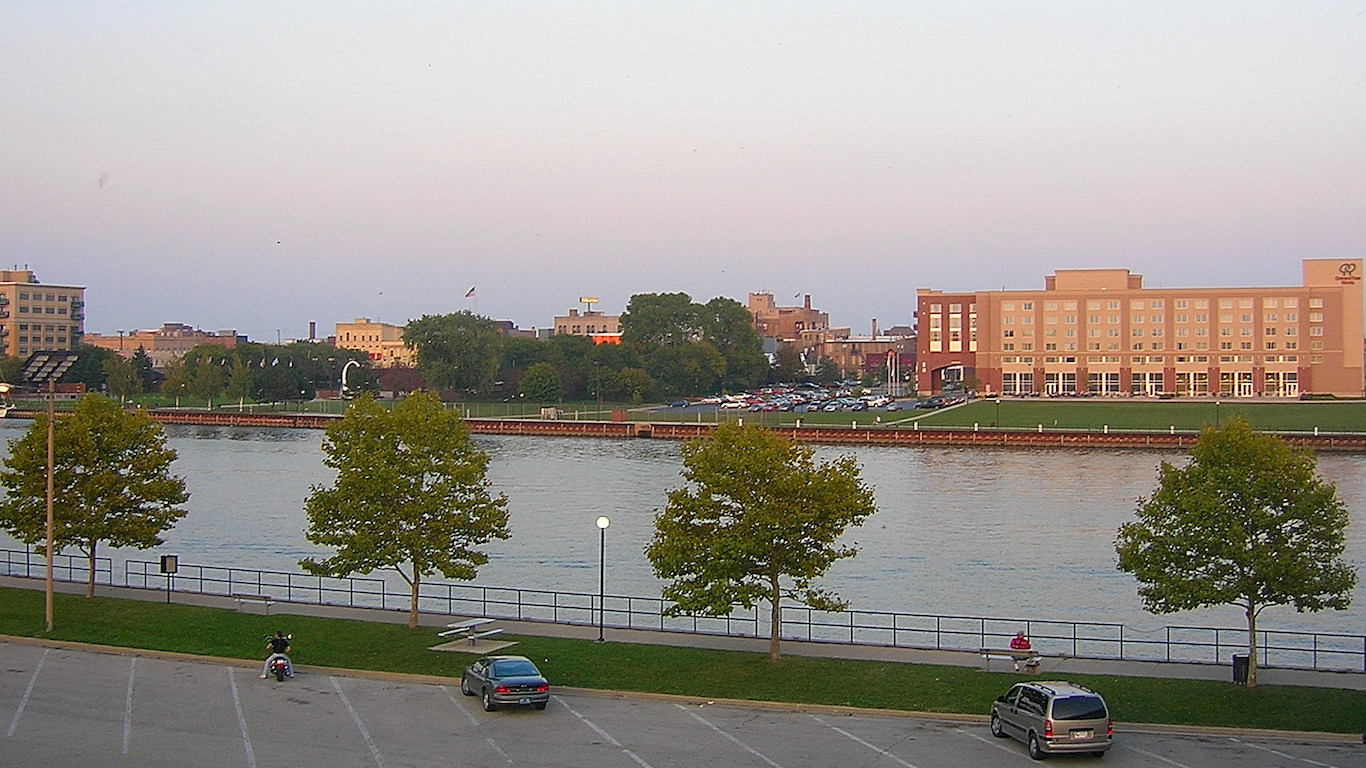
22. Bay City, MI
> 2010-2017 population change: -3.2% (from 107,676 to 104,239)
> 2010-2017 pop. change due to migration: -2,644
> Largest 12 month change: -781 (2014-2015)
> Median household income: $44,756
[in-text-ad-2]

21. Lawton, OK
> 2010-2017 population change: -3.2% (from 131,579 to 127,349)
> 2010-2017 pop. change due to migration: -9,641
> Largest 12 month change: -2,169 (2015-2016)
> Median household income: $50,980

20. Kankakee, IL
> 2010-2017 population change: -3.4% (from 113,418 to 109,605)
> 2010-2017 pop. change due to migration: -5,721
> Largest 12 month change: -823 (2013-2014)
> Median household income: $54,911
[in-text-ad]
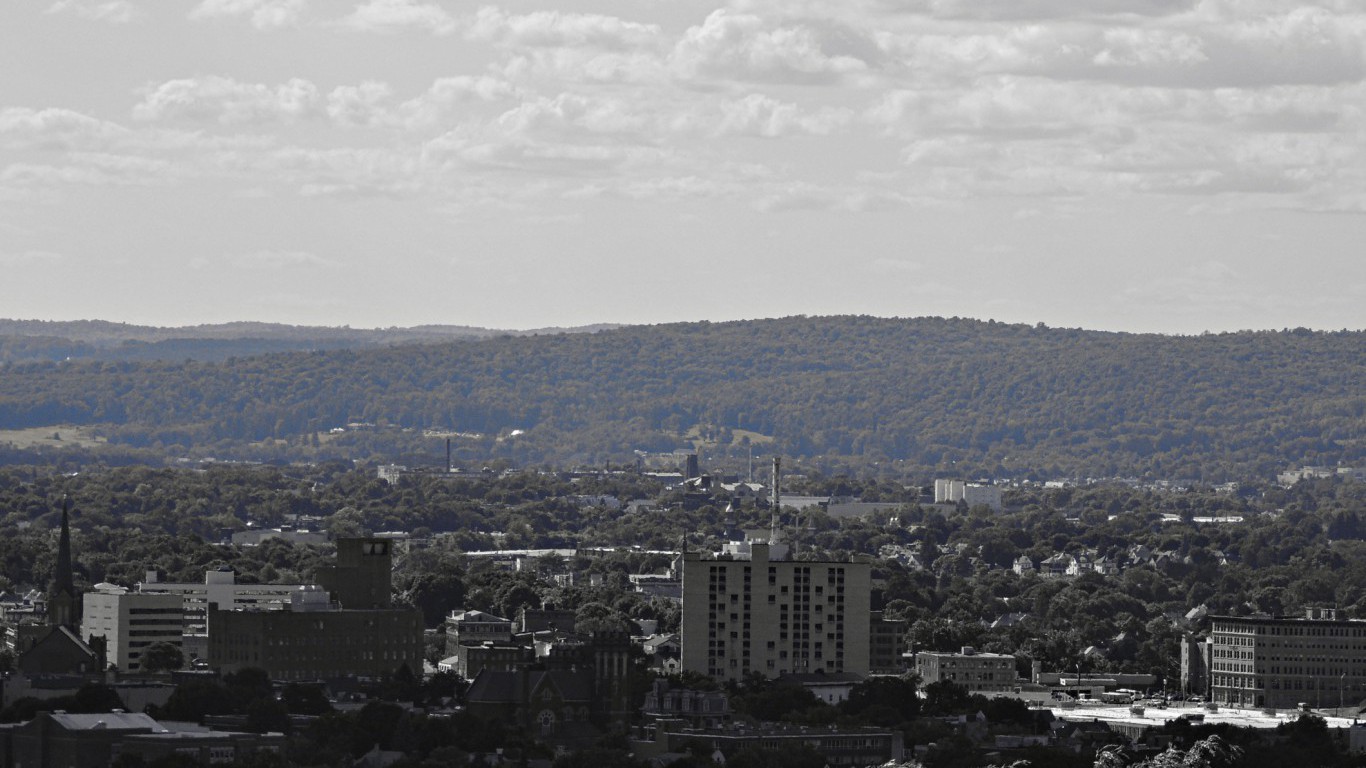
19. Binghamton, NY
> 2010-2017 population change: -3.7% (from 251,519 to 242,217)
> 2010-2017 pop. change due to migration: -9,470
> Largest 12 month change: -2,007 (2015-2016)
> Median household income: $51,360

18. Rocky Mount, NC
> 2010-2017 population change: -3.7% (from 152,407 to 146,738)
> 2010-2017 pop. change due to migration: -6,338
> Largest 12 month change: -1,448 (2014-2015)
> Median household income: $38,972

17. Ocean City, NJ
> 2010-2017 population change: -3.8% (from 97,222 to 93,553)
> 2010-2017 pop. change due to migration: -781
> Largest 12 month change: -725 (2014-2015)
> Median household income: $62,548
[in-text-ad-2]
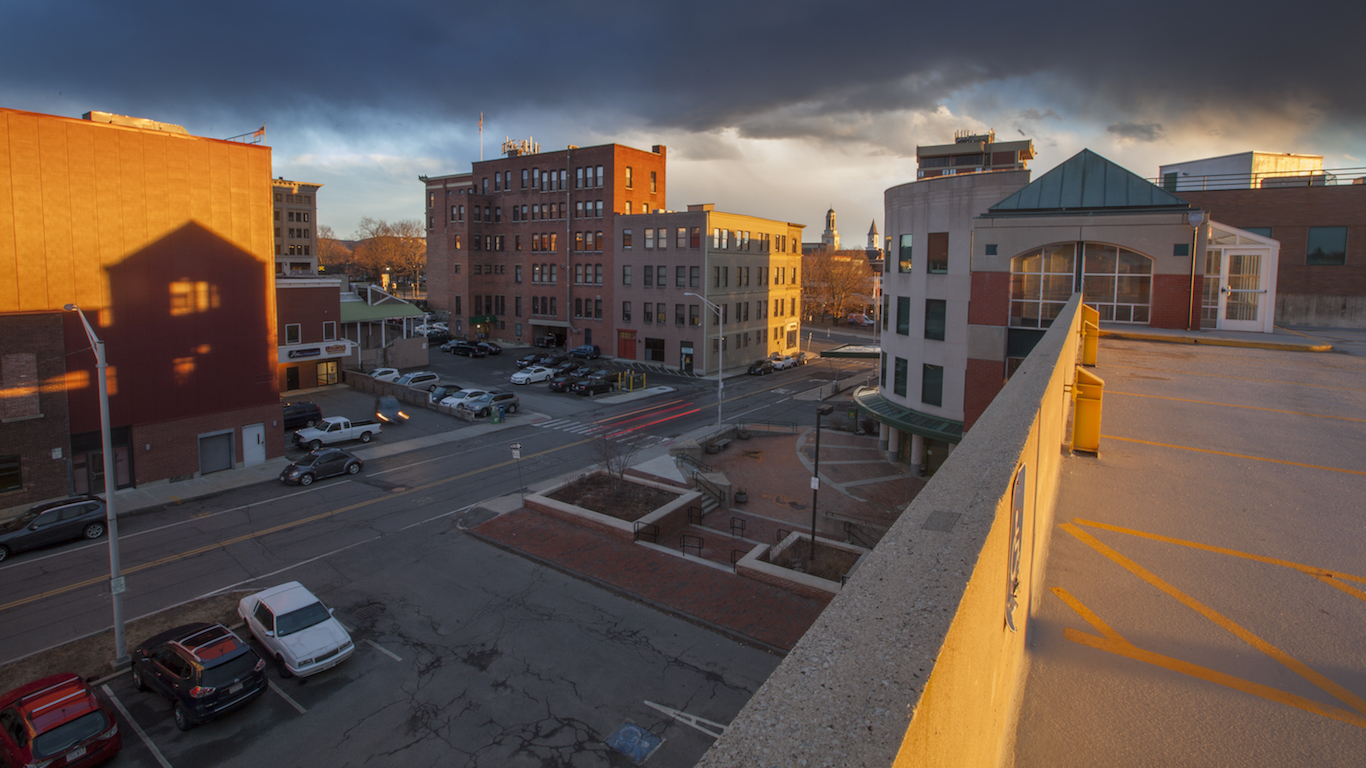
16. Pittsfield, MA
> 2010-2017 population change: -3.8% (from 131,294 to 126,313)
> 2010-2017 pop. change due to migration: -2,325
> Largest 12 month change: -1,017 (2014-2015)
> Median household income: $58,418

15. Elmira, NY
> 2010-2017 population change: -3.9% (from 88,985 to 85,557)
> 2010-2017 pop. change due to migration: -3,627
> Largest 12 month change: -990 (2015-2016)
> Median household income: $51,269
[in-text-ad]

14. Albany, GA
> 2010-2017 population change: -3.9% (from 157,596 to 151,434)
> 2010-2017 pop. change due to migration: -10,964
> Largest 12 month change: -1,607 (2014-2015)
> Median household income: $40,667
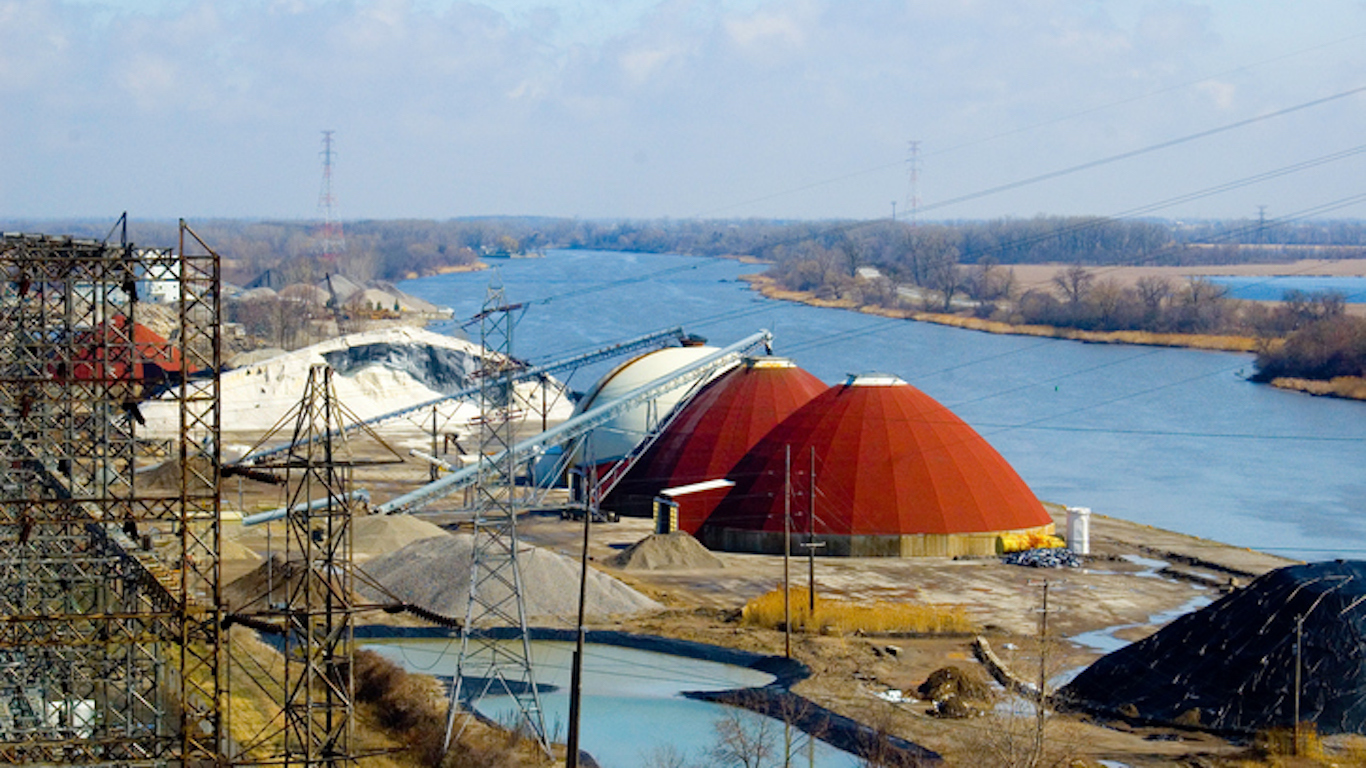
13. Saginaw, MI
> 2010-2017 population change: -4.0% (from 199,851 to 191,934)
> 2010-2017 pop. change due to migration: -9,783
> Largest 12 month change: -1,958 (2014-2015)
> Median household income: $45,849

12. Youngstown-Warren-Boardman, OH-PA
> 2010-2017 population change: -4.1% (from 564,837 to 541,926)
> 2010-2017 pop. change due to migration: -14,057
> Largest 12 month change: -4,303 (2015-2016)
> Median household income: $44,981
[in-text-ad-2]

11. Flint, MI
> 2010-2017 population change: -4.1% (from 424,938 to 407,385)
> 2010-2017 pop. change due to migration: -22,658
> Largest 12 month change: -3,847 (2011-2012)
> Median household income: $43,955

10. Cumberland, MD-WV
> 2010-2017 population change: -4.2% (from 103,161 to 98,837)
> 2010-2017 pop. change due to migration: -2,556
> Largest 12 month change: -794 (2011-2012)
> Median household income: $45,808
[in-text-ad]
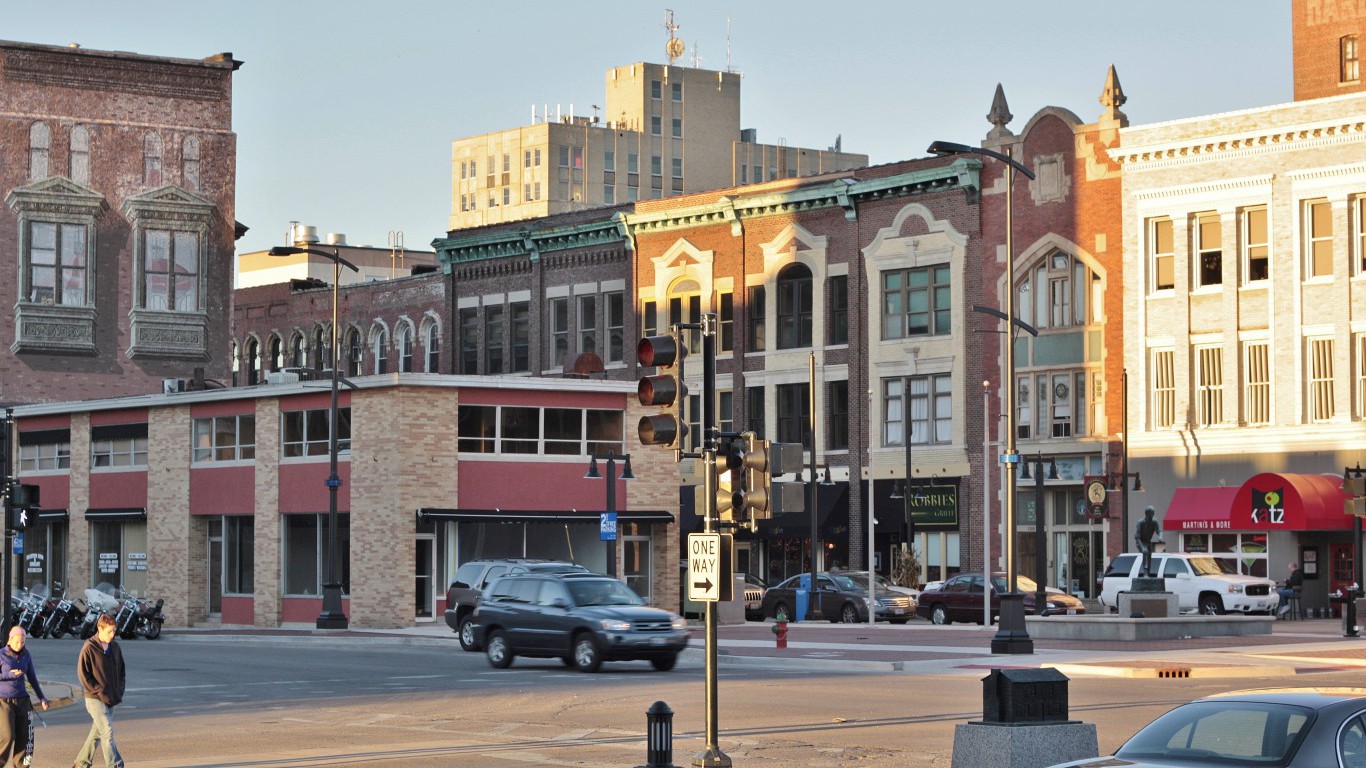
9. Decatur, IL
> 2010-2017 population change: -4.5% (from 110,777 to 105,801)
> 2010-2017 pop. change due to migration: -6,090
> Largest 12 month change: -1,110 (2014-2015)
> Median household income: $46,198

8. Wheeling, WV-OH
> 2010-2017 population change: -4.5% (from 147,901 to 141,254)
> 2010-2017 pop. change due to migration: -3,761
> Largest 12 month change: -1,617 (2016-2017)
> Median household income: $44,131

7. Danville, IL
> 2010-2017 population change: -4.6% (from 81,639 to 77,909)
> 2010-2017 pop. change due to migration: -4,417
> Largest 12 month change: -778 (2013-2014)
> Median household income: $45,481
[in-text-ad-2]

6. Weirton-Steubenville, WV-OH
> 2010-2017 population change: -4.9% (from 124,326 to 118,250)
> 2010-2017 pop. change due to migration: -2,086
> Largest 12 month change: -1,379 (2015-2016)
> Median household income: $44,733
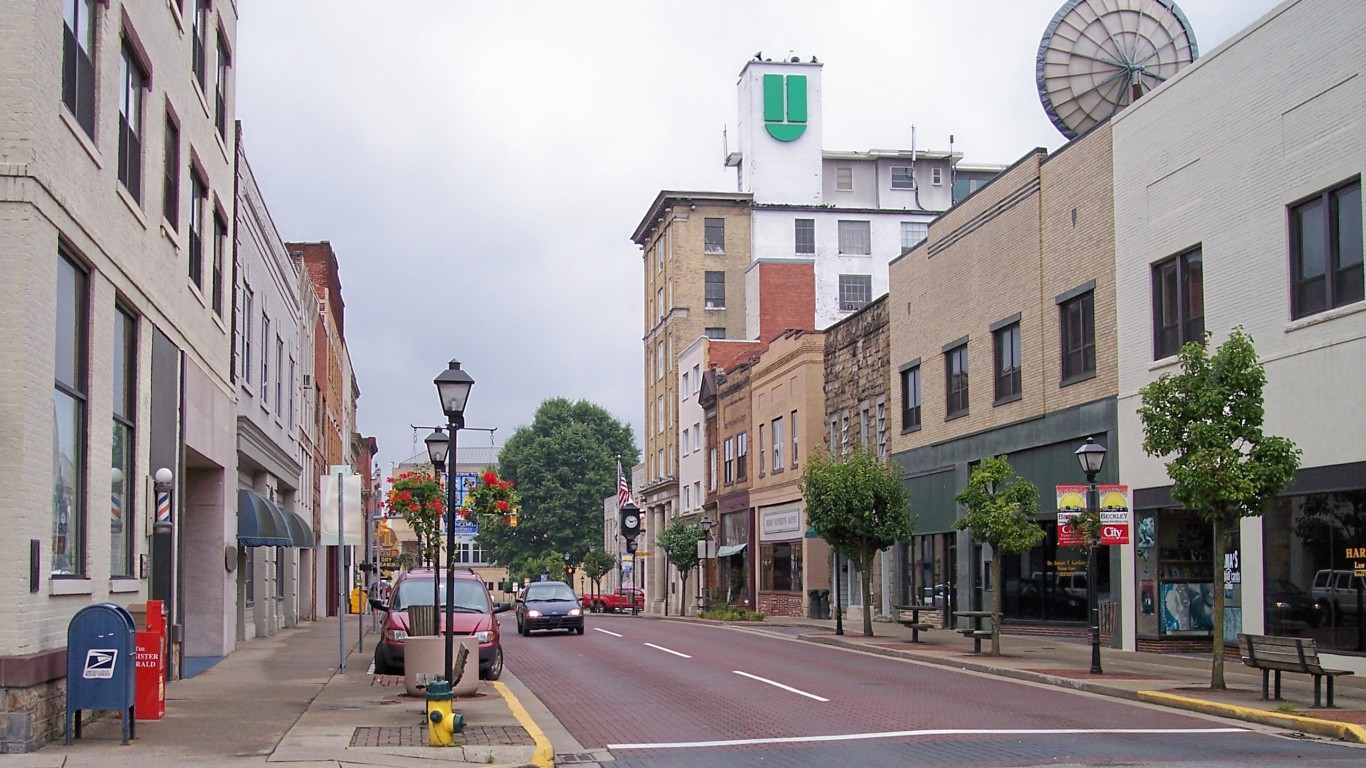
5. Beckley, WV
> 2010-2017 population change: -5.1% (from 124,959 to 118,543)
> 2010-2017 pop. change due to migration: -4,503
> Largest 12 month change: -1,818 (2016-2017)
> Median household income: $44,178
[in-text-ad]
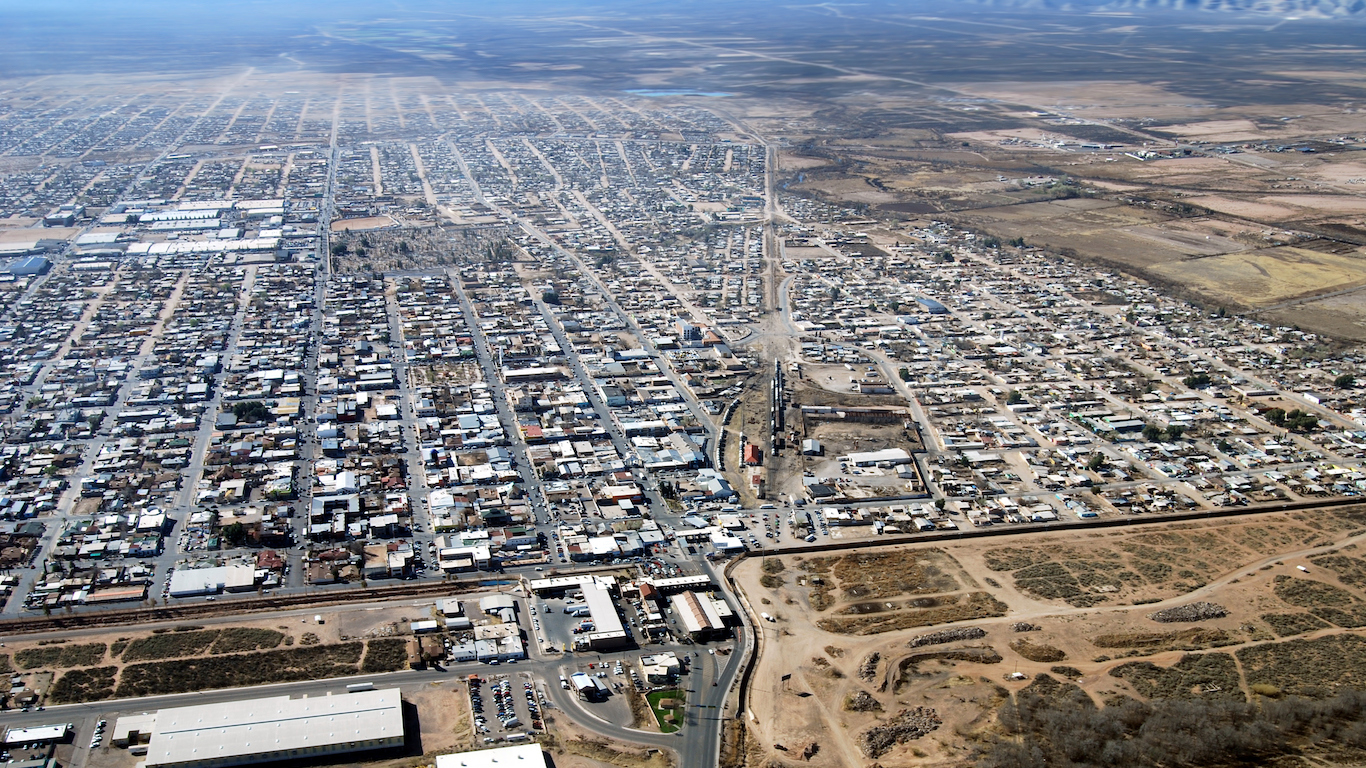
4. Sierra Vista-Douglas, AZ
> 2010-2017 population change: -5.3% (from 131,782 to 124,756)
> 2010-2017 pop. change due to migration: -9,495
> Largest 12 month change: -2,494 (2012-2013)
> Median household income: $45,508

3. Charleston, WV
> 2010-2017 population change: -5.5% (from 226,901 to 214,406)
> 2010-2017 pop. change due to migration: -9,772
> Largest 12 month change: -3,329 (2016-2017)
> Median household income: $41,689

2. Johnstown, PA
> 2010-2017 population change: -7.2% (from 143,452 to 133,054)
> 2010-2017 pop. change due to migration: -7,070
> Largest 12 month change: -2,769 (2012-2013)
> Median household income: $44,100
[in-text-ad-2]

1. Pine Bluff, AR
> 2010-2017 population change: -9.1% (from 100,093 to 90,963)
> 2010-2017 pop. change due to migration: -10,001
> Largest 12 month change: -1,651 (2012-2013)
> Median household income: $37,076
Is Your Money Earning the Best Possible Rate? (Sponsor)
Let’s face it: If your money is just sitting in a checking account, you’re losing value every single day. With most checking accounts offering little to no interest, the cash you worked so hard to save is gradually being eroded by inflation.
However, by moving that money into a high-yield savings account, you can put your cash to work, growing steadily with little to no effort on your part. In just a few clicks, you can set up a high-yield savings account and start earning interest immediately.
There are plenty of reputable banks and online platforms that offer competitive rates, and many of them come with zero fees and no minimum balance requirements. Click here to see if you’re earning the best possible rate on your money!
Thank you for reading! Have some feedback for us?
Contact the 24/7 Wall St. editorial team.
 24/7 Wall St.
24/7 Wall St.


